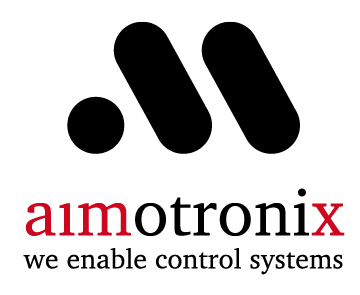Energy systems are complex nonlinear systems that require advanced modelling and control techniques to achieve optimal performance, efficiency, and emissions. Traditionally, the development and calibration of these systems involve tedious and time-consuming processes that rely on extensive testing and manual tuning. However, with the advent of model-based design and calibration tools, these challenges can be overcome by using a streamlined and automated workflow. One of the standard tools to support this workflow is Matlab/Simulink from Mathworks. Although this tool offers a vast variety of toolboxes, submodels, control, and optimization algorithms to support the entire development chain from the requirement to the deployment, there is always the one-million-dollar question: Where to start and how to the get the ball rolling.
In this blog post, we will introduce atb, a tool that we have developed for modelling, optimization, calibration, and model-based control of energy systems. atb stands for AIMotroniX Toolbox, a product that we have developed based on our extensive experience and expertise in the field of energy systems, propulsion systems, combustion engines, and exhaust gas aftertreatment systems. atb is a Matlab/Simulink-based tool that provides a comprehensive and integrated solution for all your modelling and control needs.
Modelling
The first step in the workflow is to create a simulation model of the system using atbMod, the modelling module of atb. atbMod contains a library of various components that can be used to model different types of energy systems and propulsion engines, such as electrolyzers, fuel cells, heat pumps, storage tanks, turbochargers, valves, etc. The components are based on physical principles and empirical data and can capture the nonlinear dynamics and interactions of the system. They are fast-running with focus on usage in control-oriented and optimization-oriented environments. You can easily drag and drop the components from the library into a Simulink model and setup a control-oriented model of an energy system within a couple of minutes.
Optimization
The next step in the workflow is to optimize the system performance using atbOpt, the optimization module of atb. atbOpt provides several optimization algorithms that can be used to find the optimal values of design variables and control inputs that maximize or minimize a given objective function. The objective function can be defined by you based on the system requirements, such as system cost (CAPEX and OPEX), power output, fuel consumption, emissions, etc. As a specific example, let us consider a solar-powered, energy self-sufficient building. You can determine the cost-optimal sizes of the photovoltaic system, the short-term energy storage (battery), the long-term energy storage (e.g. hydrogen storage system), the heat pump, and the thermal storage tanks dependent on the setup of the building, the annual energy consumption profile, and the weather. By further including the energy price levels on the market, you can determine the optimal level of self-sufficiency of a building, i.e., leveling the cost of the energy from the grid and the cost of the building energy system.

Calibration
Another step in the workflow is to calibrate the system using atbCal, the calibration module of atb. atbCal uses statistical modelling and numeric optimization to optimally calibrate complex nonlinear systems. It can be used in a wide range of applications and is well known e.g. for being adopted in internal combustion engine control calibration. As an example, atbCal can automatically generate optimal calibration tables that ensure accurate torque output and wide constant power-speed range operation for permanent magnet synchronous motors (PMSMs).
Model-Based Control
A crucial step in the workflow is to design and implement a model-based control strategy for the system using Simulink. atb supports various types of control schemes, such as PID, MPC, LQR, etc., that can be easily configured and tuned using Simulink blocks. atb also enables joint control and sensor/actuator design and robust estimation for automatic controller tuning. You can test and validate the control performance using simulation or hardware-in-the-loop (HIL) testing.
Why Choose atb?
With atb, you can benefit from a streamlined and automated workflow that simplifies and accelerates the development cycle. You can also enjoy the following features and advantages:
- Consistency and compatibility: All features (modelling, optimization, calibration, controls) use the same model components from atbMod library, which ensures consistency and compatibility across different stages of the development cycle.
- Flexibility and scalability: You can easily adapt and extend atb to suit your specific needs and preferences. You can also use atb for various types of energy systems, propulsion systems, and even catalytic converters.
- Performance and efficiency: You can achieve optimal cost, performance, efficiency, and emissions for your system using advanced modelling and control techniques from atb. You can also reduce unnecessary testing and manual tuning by using model-based design and calibration tools from atb.
If you are interested in learning more about atb, don’t hesitate to contact us. We would love to hear from you and show you how atb can help you achieve your modelling and control goals.
This text has been co-authored by real people from AIMotroniX in collaboration with Bing AI Chat.
